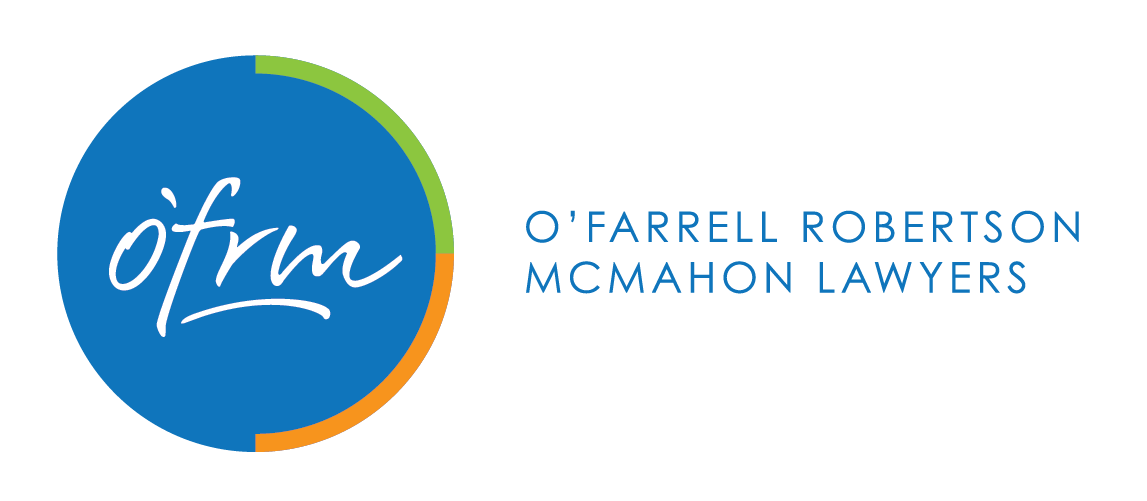Capital Gains Tax in Family Law Settlements
In many cases, separating couples will come to an agreement to divide property and finances between them based on a certain percentage.
However, sometimes what looks like a certain percentage actually ends up being a different effect when you take into account some not so obvious complications.
Probably the best way to describe how such surprises can pan out is to take you through a totally hypothetical situation. So, let’s look at what happens when Fred and Wilma try and reach an agreement to divide their assets equally.
After a long marriage, what Fred and Wilma have to divide consists of:
| Ownership | Description | Value ($) |
|---|---|---|
| Joint | Family Home | 500,000 |
| Joint | Mortgage | (150,000) |
| Joint | Investment property — Townhouse | 330,000 |
| Wilma | Bendigo Bank Shares | 20,000 |
| Fred | Motor vehicle | 10,000 |
| Wilma | Motor vehicle | 10,000 |
| Non-superannuation total | 720,000 | |
| Fred | Superannuation | 80,000 |
| Wilma | Superannuation | 120,000 |
| Superannuation total | 200,000 | |
Fred and Wilma’s superannuation is easily divided equally by $20,000 of Wilma’s super being split to Fred in a superannuation split so that they each have the same amount of superannuation.
What about the non-super assets?
Fred has been pre-approved to refinance the mortgage out of the parties’ joint names and wants to keep the Family Home as part of an overall settlement, with Wilma to keep the Townhouse.
The parties bought the Townhouse 10 years or so ago for $180,000 and have been using it as a rental and Airbnb. Wilma does not want to live in the Townhouse permanently but is happy to move in for a year or so before selling up and buying somewhere else.
They work out the following division:
| Fred retains... | Wilma retains... | |||
|---|---|---|---|---|
| Family home | 500,000 | Townhouse | 330,000 | |
| Mortgage | (150,000) | Bendigo Bank Shares | 20,000 | |
| Motor vehicle | 10,000 | Motor vehicle | 10,000 | |
| Total | 360,000 | Total | 360,000 | |
Seems fair, but is it?
Neither party will be liable for stamp duty for the transfer of the Family Home or Townhouse, due to exemptions for transfers arising out of a relationship breakdown.
However, Wilma is taking a transfer of a Capital Gains Tax asset – the Townhouse. When the Townhouse is sold, Wilma will be solely liable for tax on any capital gain from the purchase price of $180,000.
As long as the Family Home remains Fred’s main residence (and is not used by Fred to produce income) there will not be any CGT payable if and when it is sold.
Of Course, if Wilma’s intention was to live in the townhouse forever, the potential CGT liability may not be a major concern. However, as Wilma intends to sell up in a year or two, it may be appropriate for Fred and Wilma to factor in the likely CGT liability into their agreement.
They could think about:
- Estimating the likely CGT liability for Wilma selling the Townhouse and agreeing to Fred making a payment to Wilma for half that estimated liability.
- Selling the townhouse, incurring the CGT liability in that financial year, paying the proceeds of sale to Wilma and making any further adjustive payment needed to get a 50/50 result.
- Fred retaining both properties and making a payment to Wilma to get a 50/50 result. This would see Fred taking on the potential CGT liability but that may be offset by Fred continuing to get rental income from the townhouse and Wilma being liable for stamp duty on the purchase of any further property.
Understanding the CGT consequences of family law property settlements is just one of the many reasons why it is important to get legal advice.
Book an appointment online with a member of our Family Law team to discuss your own family law circumstances.
